On the morning of Dec. 25, 2021, just a few weeks ago, an Ariane rocket blasted off from it’s launching pad at the European spaceport in Kourou, French Guiana. It was carrying the most powerful space observatory ever built - the James Webb Space Telescope and was headed for a location a million miles away where the gravitational fields of the earth and the sun commingle to produce conditions just right for a stable orbit around the sun. There it will ride out its days orbiting the sun and looking around at the universe, sending its pictures back to earth.

Twenty five years and $10 billion in the making, the James Webb Space Telescope is three times the size of the Hubble Space Telescope and 6 times more powerful. It’s designed to see further than ever into the heavens in order to study the first stars and the first galaxies created in our universe.
While on its month long journey to its rendezvous spot (called L2), out beyond the moon, it will be unfolding it’s mirrors (from their stowed position) and unfurling its solar umbrella (to keep its ultra-sensitive infra red sensors cool). In fact it’s already done that. A Giant Telescope Grows in Space.
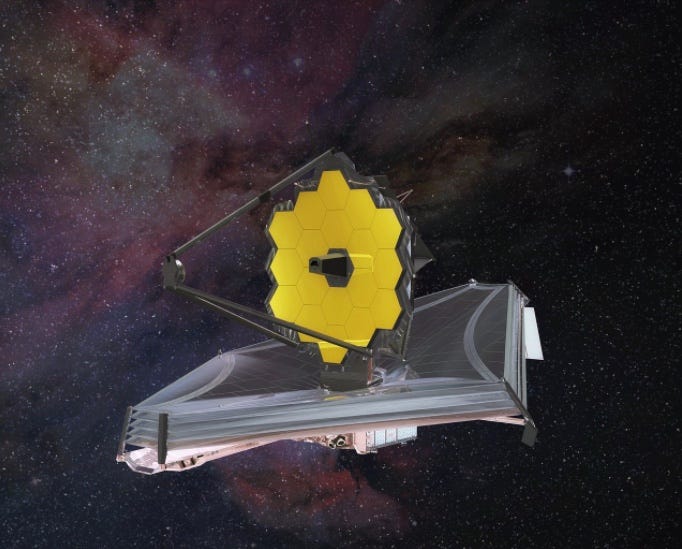
Once in position at L2 it will begin aligning its 19 hexagonal mirrors with nanometer precision, one mirror at a time, until it’s able to focus on the dim radiation from distant stars and record the images with its high definition cameras. In addition, it will be studying the Big Bang, exoplanets (where other life forms might exist), the mystery of black holes and our very own solar system.
“The James Webb Space Telescope is an international project led by NASA, in partnership with ESA (European Space Agency) and the Canadian Space Agency. In addition to providing the Ariane 5 rocket and launch services to bring the telescope into space, ESA is also providing instruments for the telescope as well as scientists who will support the mission’s operations.” says the website. It’s a collaboration.
The collaboration has resulted in a telescope with a primary mirror that’s 21 feet 4 inches across (compared with Hubble’s 7 feet 10 inches) and can see objects that are a hundred times fainter. A mirror this large has never before been launched into space. That’s why they had to fold it up to fit it in the rocket and then unfold it while in flight.
It has multiple functions, like a Swiss army knife of space telescopes. It can observe wavelengths in the visible to near-infrared and mid-infrared range, useful for observing the most distant, receding stars whose light comes to us in these ranges. It has a separate suite of cameras that can measure mid-to-long-infrared wavelengths. It has a near infrared spectrograph (NIRSpec) which can analyze the light spectrums of 100 celestial objects simultaneously, it has a fine guidance sensor system which stabilizes the observatory and micro-adjusts the mirror segments as though they were a single large mirror (to within 1/10,000th the thickness of a human hair), and last but not least a near infrared imager and a slitless spectrograph.
Don’t ask me what those are for but the whole shebang is flying out into space right now at 720 mph, approaching it’s rendezvous point and preparing to go operational.
“The James Webb Space Telescope will be the next great space science observatory, designed to answer outstanding questions about the Universe and to make breakthrough discoveries in all fields of astronomy.” continues the website.
And why does it matter what we discover out there on the edge of the universe? Who cares? It matters because our view of the universe is reflected in our societies, in our religions and in our governments. It informs us not only of what’s out there but of who we are as well.
Back in the day, the popular notion was that the sun and the moon and all the planets, and the stars too for that matter, revolved around the earth. The earth was the center of the universe. This was reflected (atleast in Western Society) in our ideas of God and Heaven. God, the creator of the universe (that the earth was the center of) gave his dispensation to us, the earthlings, in the form of his Holy Word, a book written entirely in earthly languages. Heaven was somewhere above in the sky, the ultimate and furthest away and most perfect of all the celestial spheres. Hell was at the center of the earth, nine levels of it for goodness sake.
Copernicus (1473 –1543), bless his heart, discovered that the planets did not revolve around the earth. His calculations showed that the planets were orbiting the sun and why not the earth too, he surmised, and in the process sowed the seeds for liberalism and democracy and the scientific method.
Nowadays we know that the universe is inconceivably vast and expanding rapidly. There are no concentric spheres carrying the stars and planets through the sky, like jewels, embedded in their aetheric, transparent quintessence. The expansion of the universe implies that it was smaller in the past. That’s where the Big Bang theory comes in - it must have been inconceivably small at some point and then started to inflate. Explode. Unfold. What have you.
Now we know that space and time are one continuous fabric of existence and that there is no difference at all between the universe and our awareness of it, between the observer and the observed. These days we have hippies and Communism (not that they are the same) and art that looks like a coat hanging in a closet and music that is composed of the conductor making a smoothie and all kinds of radical, wild ideas about who we are and what is God. New ones are invented every day, they’re called apps.
A subatomic particle cannot be known both by its location and its speed because the more accurately we know one, the less accurately we know the other - infact we don’t know it all, we only have a probability of where it might be or how fast it might be moving.
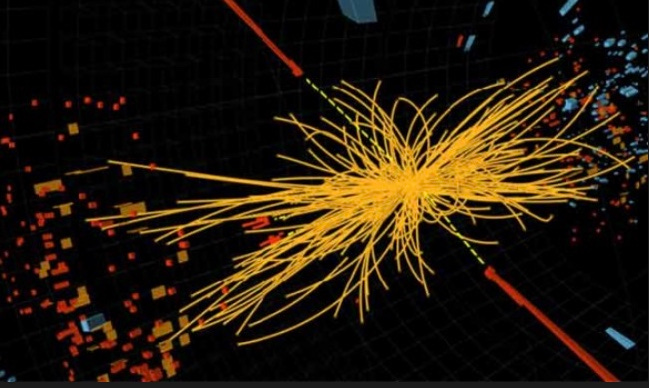
That speaks to me. It tells me that the ultimate reality - Divinity if you like - cannot be known, but only experienced by our consciousness. This idea is still working its way through society and causing alot of turbulence, just as Copernicus’ ideas did back in the Middle Ages. People don’t want to change, as they type away on their ipad, use the GPS in their car, heat up their dinner in their microwave at home and turn on the TV - all inventions made possible by the theories and observations of quantum physics.
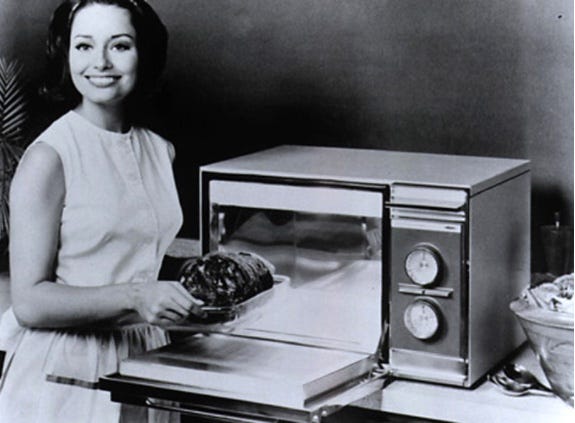
This is the death of religion as we know it. This is the end of seeing our world broken up into separate nation/states. Now we know that we’re all parts of a whole. Everything is relative. I don’t know if people are ready for that. God is dead. What?
And so, if everything goes alright, all 344 “single points of failure” are navigated successfully, the giant solar umbrella doesn’t tear, the actuator motors that align the mirrors work, the steering rockets fire, and 341 more points of failure turn out ok, then we will have a view of the heavens that we have never seen before.
We’ll have a view of ourselves that we’ve never seen before. Lord knows we need that. Our view of ourselves and our place on the planet needs to change. Maybe we could stop the wars and the destruction. This is home for everybody, not just us humans.
What if we discovered another world where life was thriving, some far away exoplanet that the JWST discovered and it turns out that some form of life has erupted there. What would that do to our fragile ego. We thought we were the only ones. We thought we had a covenant with God. An exclusive. There’s not supposed to be anybody else.
Just us humans. We are the crown of creation.
I don’t know if people are ready for that.
music from: Productivity | A Chill Mix
3:48-7:25 and 21:18-26:00
please consider supporting the rohn report
a new episode every Thursday
let me know if you enjoyed this
share it with a friend




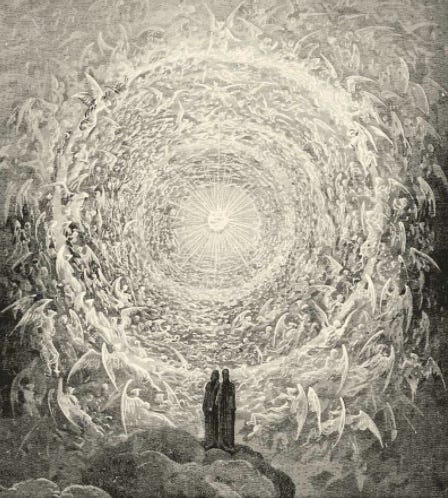
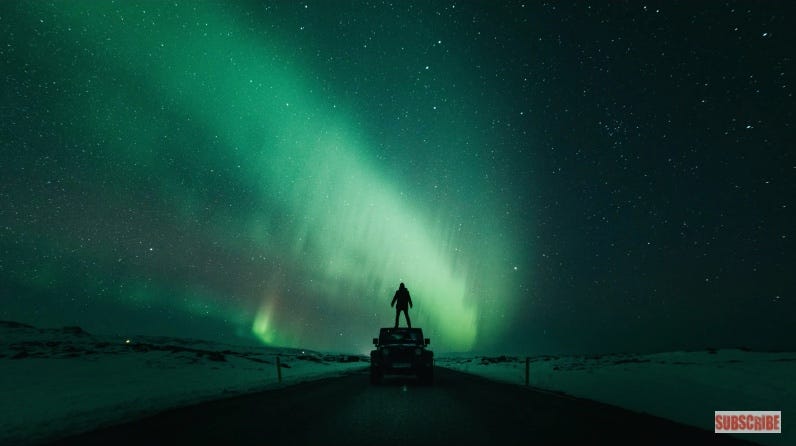








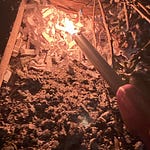

the James Webb Space Telescope